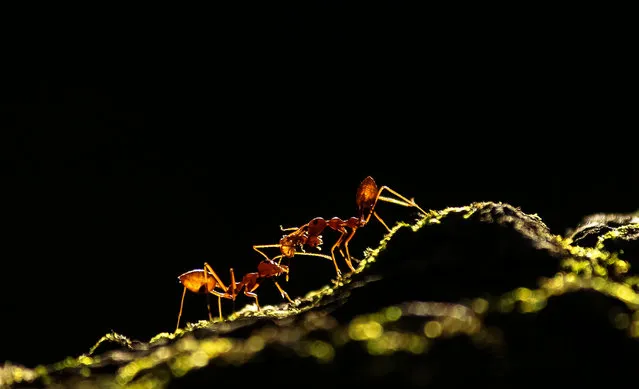
Overall runner-up: Ant Tale by Upamanyu Chakraborty. Weaver ants’ social behaviour taken in a backlit situation. A weaver ant colony is a great example of social behaviour among the animal kingdom, with their role as “ecosystem engineers”. (Photo by Upamanyu Chakraborty/2020 British Ecological Society Photography Competition)
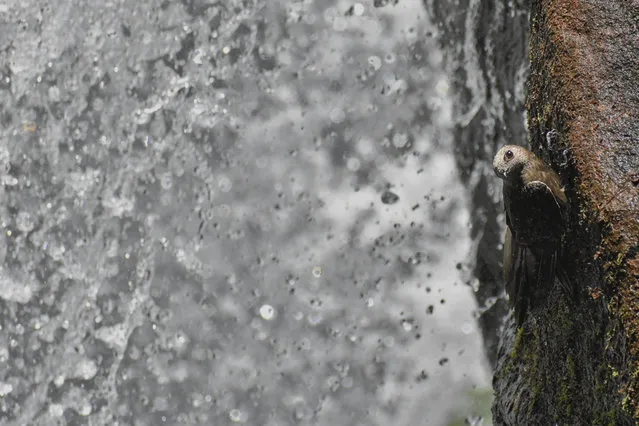
Overall student winner: Waterfall Swift by Pablo Javier Merlo (Nacional University of Córdoba (Argentina). Cypseloides senex is a species of swift known in Latin America as a waterfall swift. It can be found on the steep rocky walls of the Iguazú Falls, flying near and through the waterfalls. (Photo by Pablo Javier Merlo/2020 British Ecological Society Photography Competition)
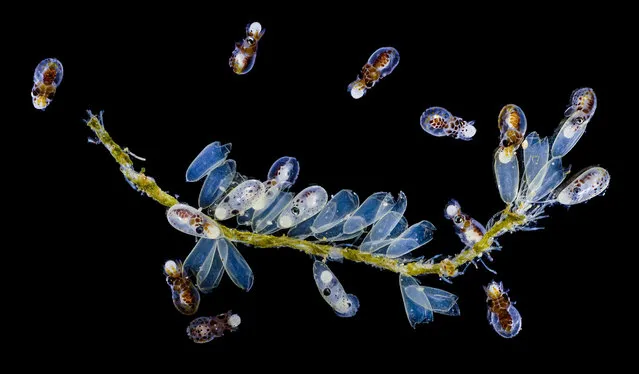
Overall runner up: Hatching by Pichaya Lertvilai (Scripps Institution of Oceanography, University of California San Diego). The paralarvae of the California two-spot octopus hatching from their egg sacs. The egg yolks attached to their mouths will sustain them for a short period before they have to start hunting to survive. (Photo by Pichaya Lertvilai/2020 British Ecological Society Photography Competition)
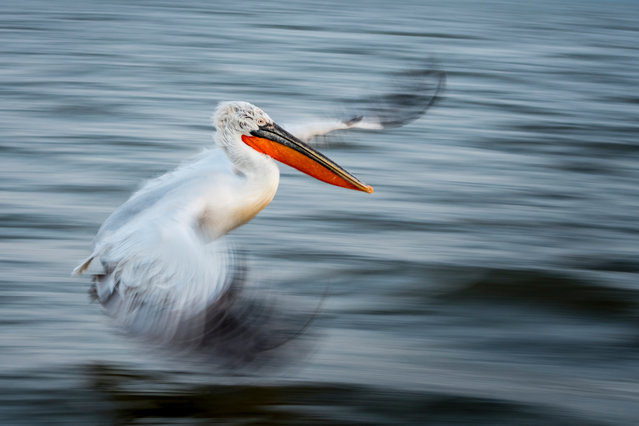
Overall winner: The Art of Flight by Alwin Hardenbol (University of Eastern Finland). A panning shot of a Dalmatian pelican in flight. The picture was taken on Lake Kerkini in Greece. (Photo by Alwin Hardenbol/2020 British Ecological Society Photography Competition)
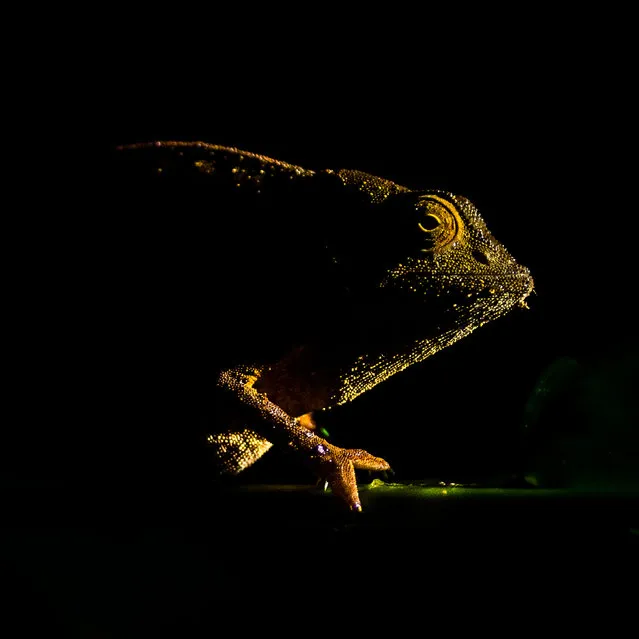
Up close and personal category winner: Breath. Adapt. Relax by Michał Śmielak (University of New England, Australia). A bearded leaf chameleon, with its rather underwhelming ‘beard’ consisting of just a few raised scales. The species is endemic to the Eastern Arc mountains of Tanzania and Kenya. This one was spotted during a night walk in the Udzungwa mountains in Tanzania. (Photo by Michał Śmielak/2020 British Ecological Society Photography Competition)
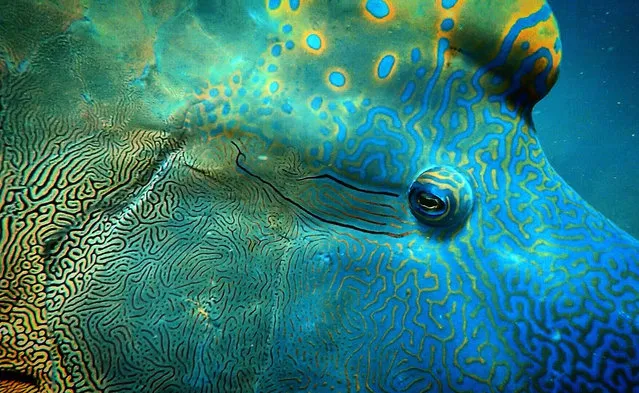
Up close and personal category student winner: Look Into My Eye by Lauren Henly (University of Exeter). This humphead wrasse swam up to the photographer at the end of a dive on the Great Barrier Reef. (Photo by Lauren Henly/2020 British Ecological Society Photography Competition)
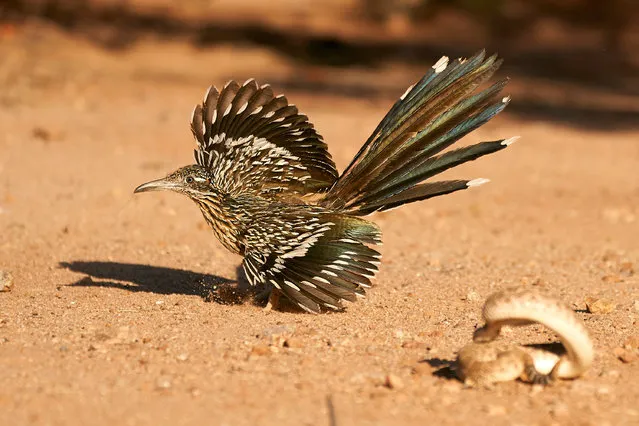
Dynamic ecosystems category winner: The Roadrunner’s Rattler Dance by Peter Hudson (Penn State University). A roadrunner dances around a western diamondback rattlesnake, keeping its wings out and feathers exposed with its body hidden, to minimise the chances of death if the snake were to strike. (Photo by Peter Hudson/2020 British Ecological Society Photography Competition)
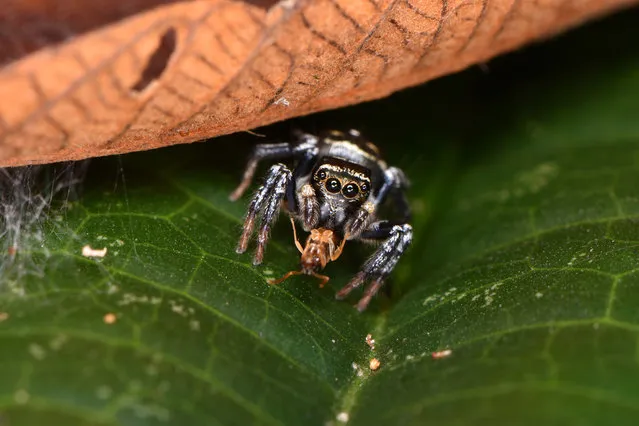
Dynamic ecosystems category student winner: Into the Lion’s Den by Sam England (University of Bristol). A jumping spider sits at the edge of its den, constructed on the underside of a fallen leaf in the rainforests of Costa Rica, and feasts on its insect prey. (Photo by Sam England/2020 British Ecological Society Photography Competition)
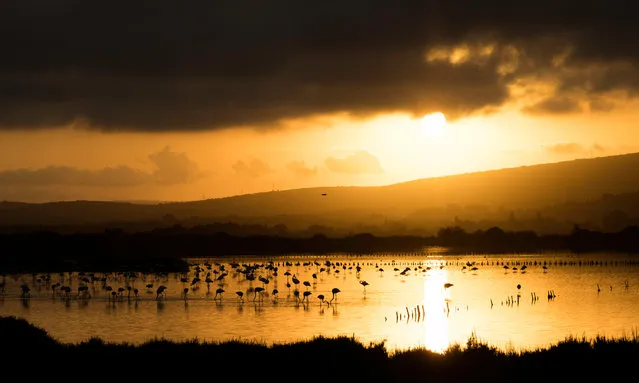
Individuals and populations category winner: Last Meal of the Day by David López-Idiáquez (Centre d’Ecologie Fonctionnelle et Evolutive (CEFE-CNRS) and the University of the Basque Country). At the saltworks of Villeneuve-lès-Maguelone in the vicinity of Montpellier in France, a group of greater flamingos feed just before the end of the day. (Photo by David López-Idiáquez/2020 British Ecological Society Photography Competition)
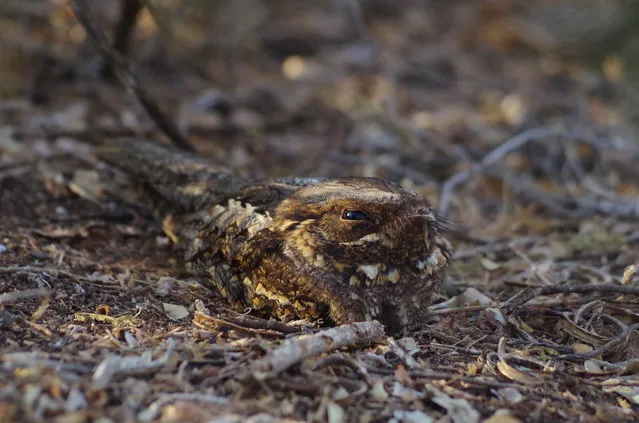
Individuals and populations category student winner: I See You by Elena Račevska, (Oxford Brookes University). A Madagascan nightjar having a daytime rest. (Photo by Elena Račevska/2020 British Ecological Society Photography Competition)

People and nature category winner: Housing for the Threatened by Alwin Hardenbol (University of Eastern Finland). In Varanger, Norway, black-legged kittiwakes often like to nest on decrepit buildings. (Photo by Alwin Hardenbol/2020 British Ecological Society Photography Competition)
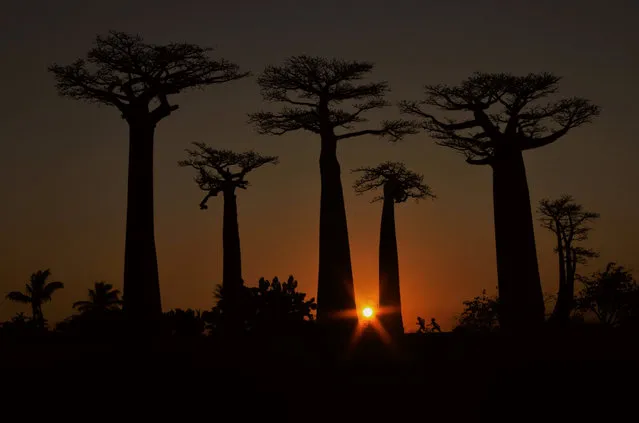
People and nature category student winner: This Is Our Playground by Elena Račevska, (Oxford Brookes University). As the day turned to night, mesmerised tourists gathered to witness the baobabs’ grandeur amid a deep-coloured sunset. (Photo by Elena Račevska/2020 British Ecological Society Photography Competition)
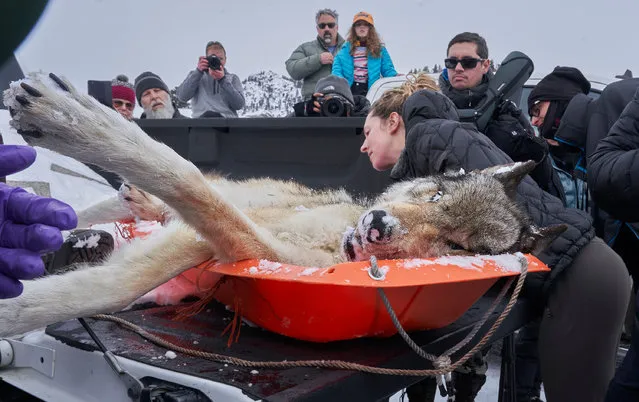
Ecology in action category winner: Wolf Fascination by Peter Hudson (Penn State University). Grad student Ellen is watched by fascinated visitors to Yellowstone national park as she examines one of her study animals, a wolf killed in a fight for dominance. This female was exiled from the Junction Butte pack after she had killed the pups of the alpha female, her own sister. (Photo by Peter Hudson/2020 British Ecological Society Photography Competition)
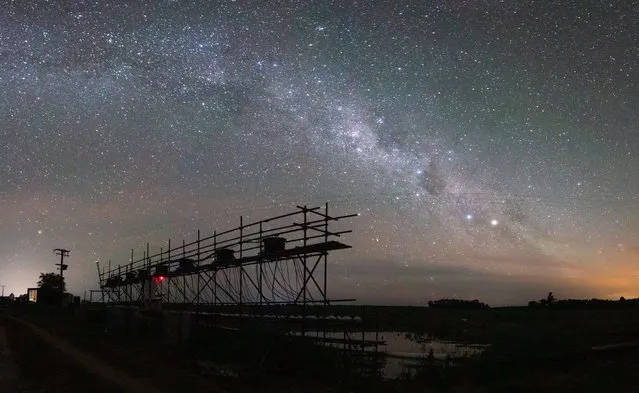
Ecology in action category student winner: Constant Flow by James Orr (Trinity College Dublin). This photograph is a panorama made up of multiple long-exposure photographs of the Milky Way above an experimental stream system made up of 128 mesocosms. As part of his PhD, Orr helped to run a multiple-stressor experiment testing the individual and combined effects of different climate-change stressors on freshwater food webs. Each of the 128 mesocosms, or medium worlds, had a diverse ecosystem from bacteria to fish. (Photo by James Orr/2020 British Ecological Society Photography Competition)
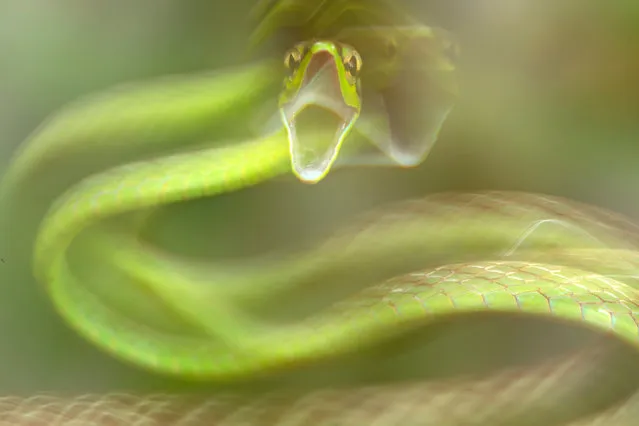
The art of ecology category winner: Mouth by Roberto García-Roa (University of Valencia). A Cope’s vine snake shows a conserved behaviour of some reptiles across the Squamata phylogeny. Despite being harmless and having no venom, these snakes open their mouths to scare predators when they are discovered. (Photo by Roberto García-Roa/2020 British Ecological Society Photography Competition)
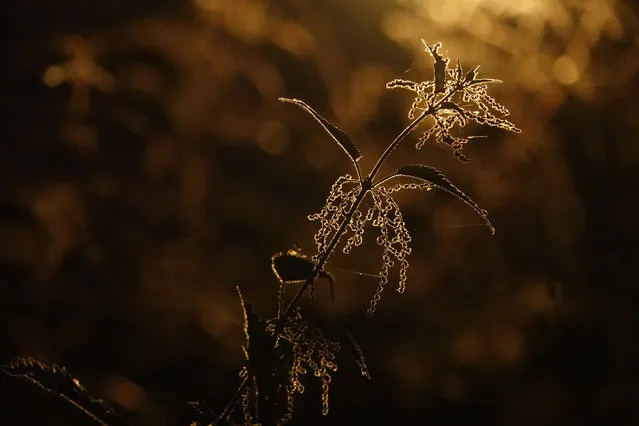
The art of ecology category student winner: Common Nettle by Sanne Govaert (Ghent University). Urtica dioica is a species often considered a weed. But beauty is in the eye of the beholder. (Photo by Sanne Govaert/2020 British Ecological Society Photography Competition)
01 Dec 2020 00:03:00,
post received
0 comments
